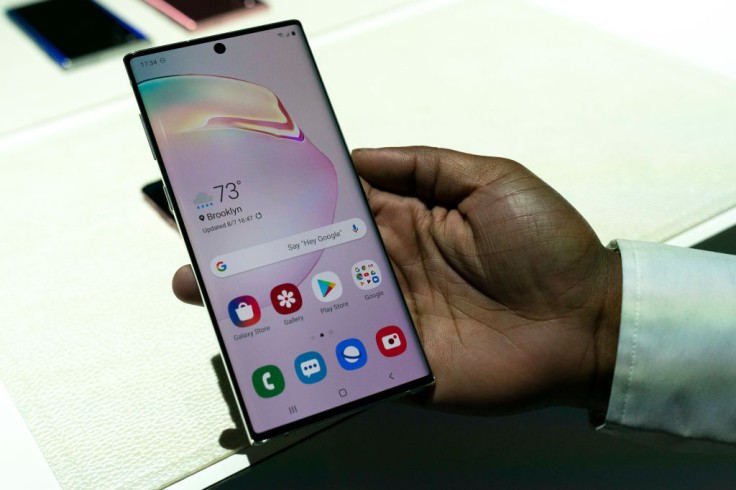
Nowadays, our primary communication device is our smartphone.We can't wait to take a short photo, check our business email, compute anything, or scribble down notes on our new Samsung.
It becomes the first thing we think about when we need anything.
However, a new Samsung phone or tablet doesn't take long to accumulate rolls of photos, duplicated apps, unneeded widgets, cached files, and the troublingly nonspecific miscellaneous data. It consumes more internal storage every day, slowing down the speed of your phone.
Written below are the following to free up space for your Samsung Galaxy's Storage full, according to Samsung.
5 ways to Free Up Space
Delete Unnecessary Applications
Applications come in a variety of sizes, with some requiring a lot of storage space. It's natural to check out new apps, but how many of them do you have on your smartphone that you don't use?
Removing apps is a convenient and simple approach to clearing up space on your phone.
Users can tap and hold an app icon to uninstall it, then select Uninstall. Or, you can also go to Settings > Apps > Tap on the app you want to uninstall > Uninstall.
Delete Temporary files
Similar to how your desktop stores temporary internet files, your smartphone apps frequently store temporary files in the internal memory of your phone. This temporary data can quickly accumulate and consume a lot of storage space. Delete such files on a regular basis for a Samsung clear storage.
With that, to remove the Data of these Applications and the Apps Cache, follow the steps below:
First, select Settings
Second, click Apps
Third, tap on the desired Apps
Fourth, Click Storage
To delete the App Data, click CLEAR DATA. To delete App Cache, click CLEAR CACHE
The Smart Manager on the Samsung Galaxy S6 and S6 edge allows you to manage your device's storage and eliminate unwanted data with a single push of a button via Clean Master. You can also use the Clean Master app to control storage on other phones.
To delete unwanted files on your Galaxy Note 4 and other smartphones, navigate to Settings -> System -> Storage -> Cached data and click it.
Store it in The Cloud
It's never been easier to keep your data safe with Samsung Cloud. Having everything stored in the cloud means you'll have one less thing to worry about if your device breaks down, or if you misplace it. It's also simple to transfer your data and settings to another device, whether it's an old one or a new one.
Customize everything you want to save to the Samsung Cloud, everything you want to back up, and whatever you want to restore if needed.
To continue, go to your Samsung device's Settings menu. To be able to access your own Samsung Cloud, you will need to sign in to your Samsung Account.
Go to Settings
Select Cloud and Accounts
Click the Samsung Cloud
Select Sync your data with Samsung Cloud
Furthermore, to backup and restore data, these are the steps:
Go to Settings
Select Cloud and Accounts
Click Backup and restore
Select Back up data > Tap the Apps to back up > BACK UP
Select Restore data > Tap the Apps to restore > RESTORE
Use an External SD Card
One of the best things about Samsung's Galaxy series devices is that it has an allotted slot for the use of a microSD card, making it easier to prevent Samsung Galaxy's storage full.
An SD card may essentially operate as a second hard drive for your smartphone, allowing you to save photos, videos, and even app data on it rather than on the device's internal storage.
To do so, go to Settings > Applications > Application Manager, then tap the program you wish to relocate.
If the app can be relocated, a button labeled "Move to SD card" will appear. To move the app to the microSD card, touch this button. This option may be found by tapping Storage on some phones.
However, do note that only a portion of the application will be transferred to the microSD card. The amount of data moved depends on the software, and many major games, sadly, do not move a substantial portion of their data to the microSD card.
Make Use of Wireless Hard Drives
Wireless hard disks are available in a variety of sizes to meet your storage requirements.
Samsung, for example, offers up to 1.5TB of storage, which is plenty for images, videos, and other types of media.









